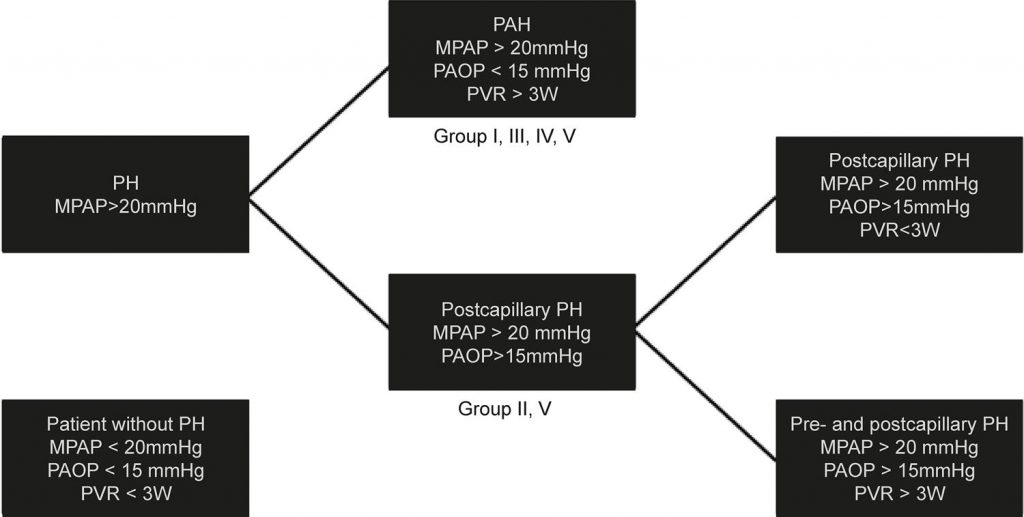Arq. Bras. Cardiol. 2021; 117(4): 750-764
Update on the Treatment of Pulmonary Arterial Hypertension
Abstract
In the last decades, important advances have been made in the treatment of pulmonary arterial hypertension (PAH), a severe, progressive, incurable, and potentially fatal disease. For an adequate therapy, correct hemodynamic diagnosis and etiology classification are fundamental. Many etiologies – rheumatic disease, portal hypertension, congenital heart diseases, schistosomiasis – require specific measures, in addition to drug therapy for PAH. The specific therapy for PAH is based on medications that act on three pathophysiological pathways – prostacyclin, endothelin, and nitric oxide pathways. These drugs have multiple presentations (oral, intravenous, subcutaneous, and inhaled) and have changed the history of PAH. This review presents an overview of drug therapy strategies and different forms and peculiarities of PAH.
10,520

